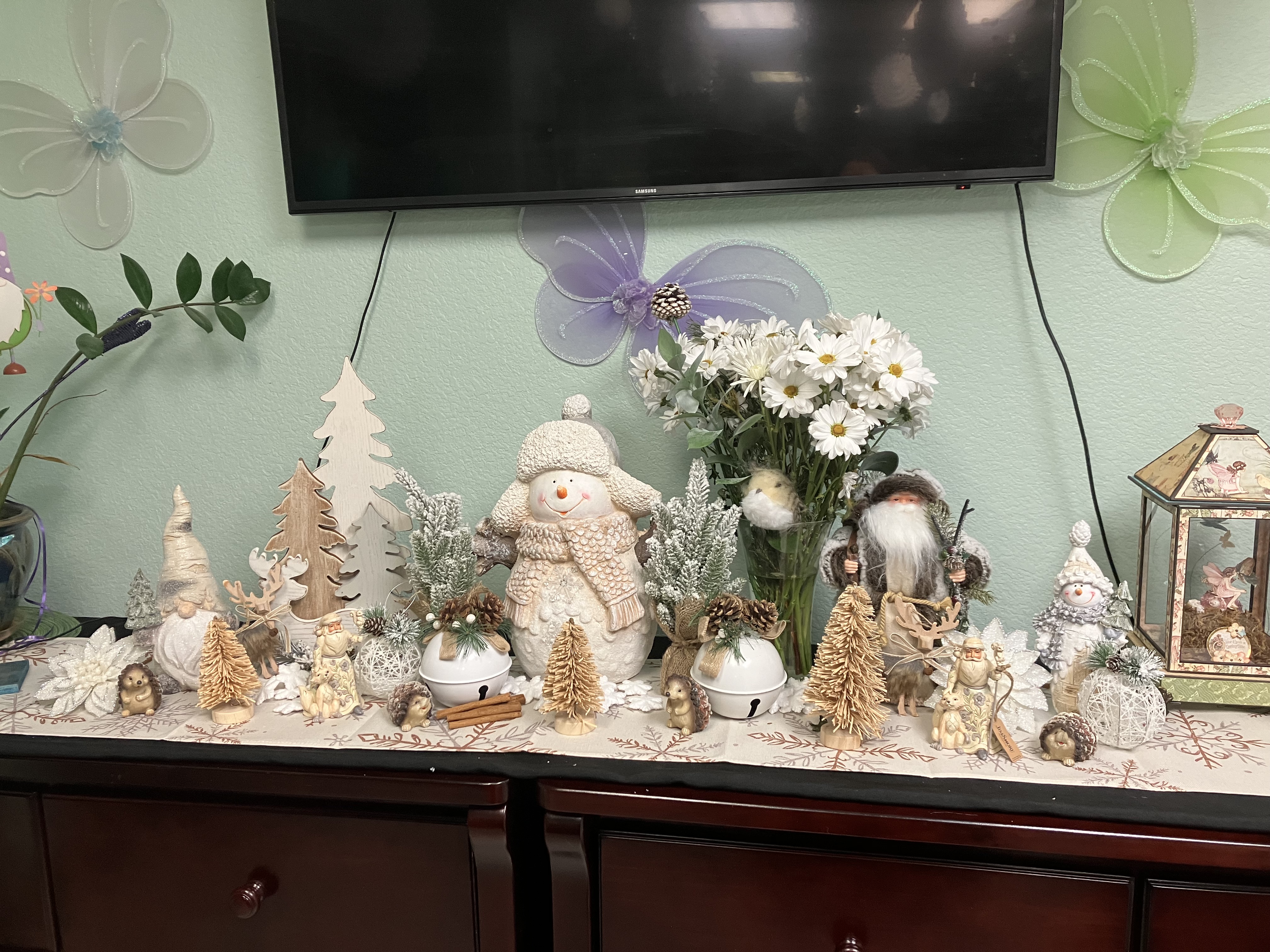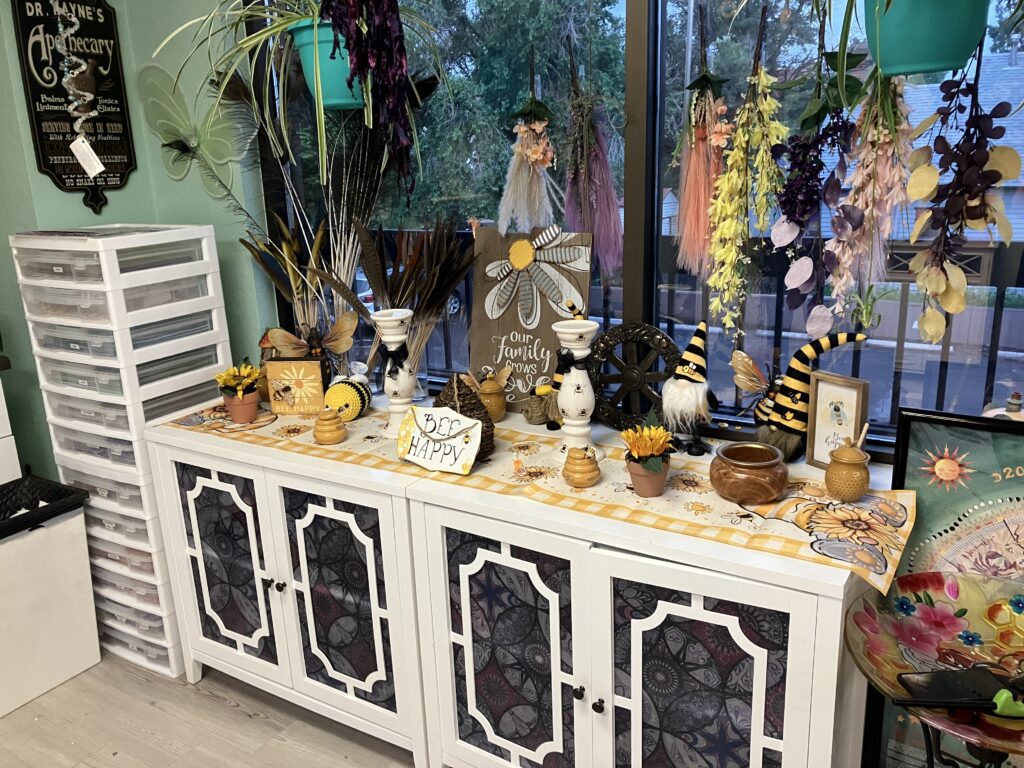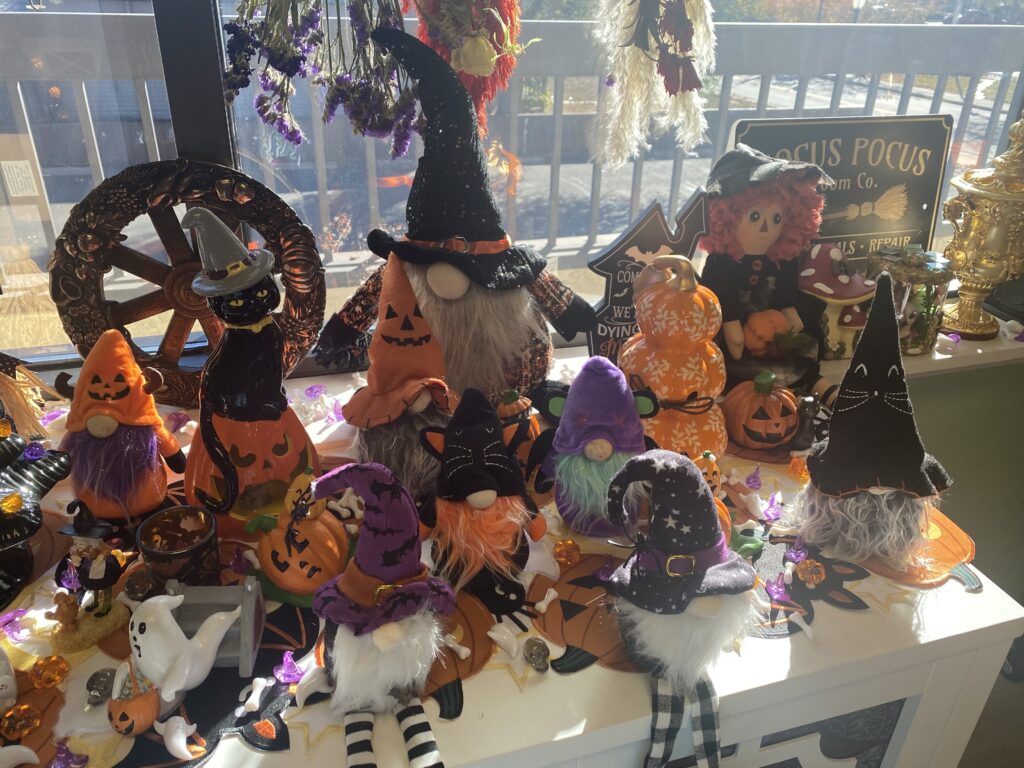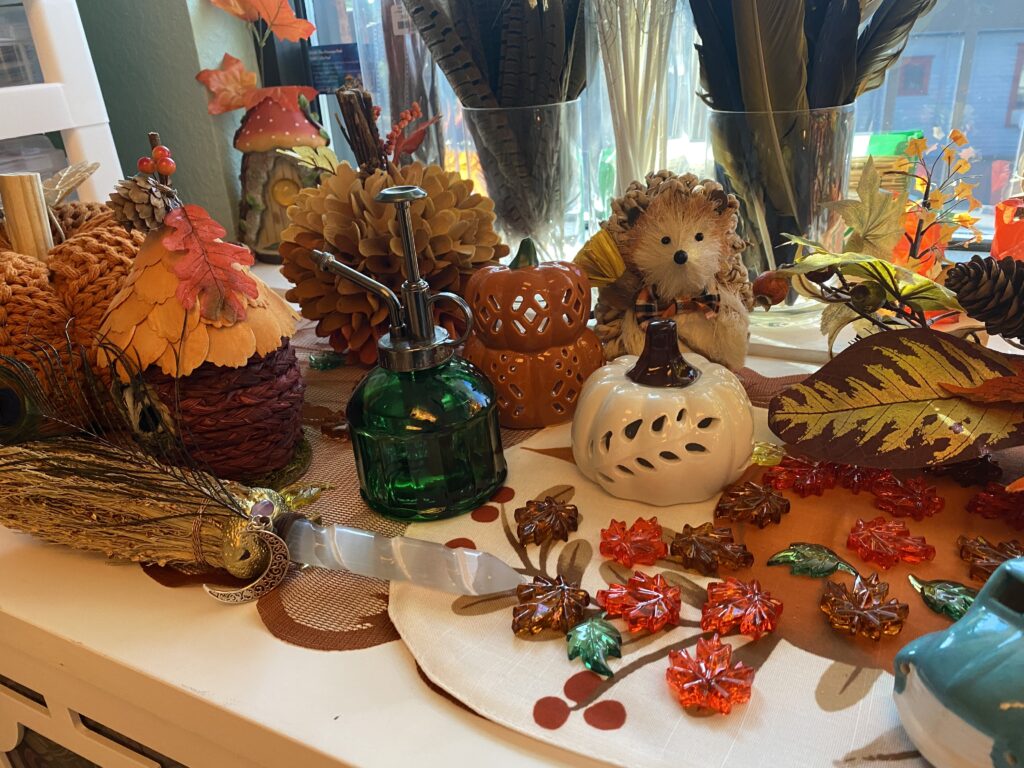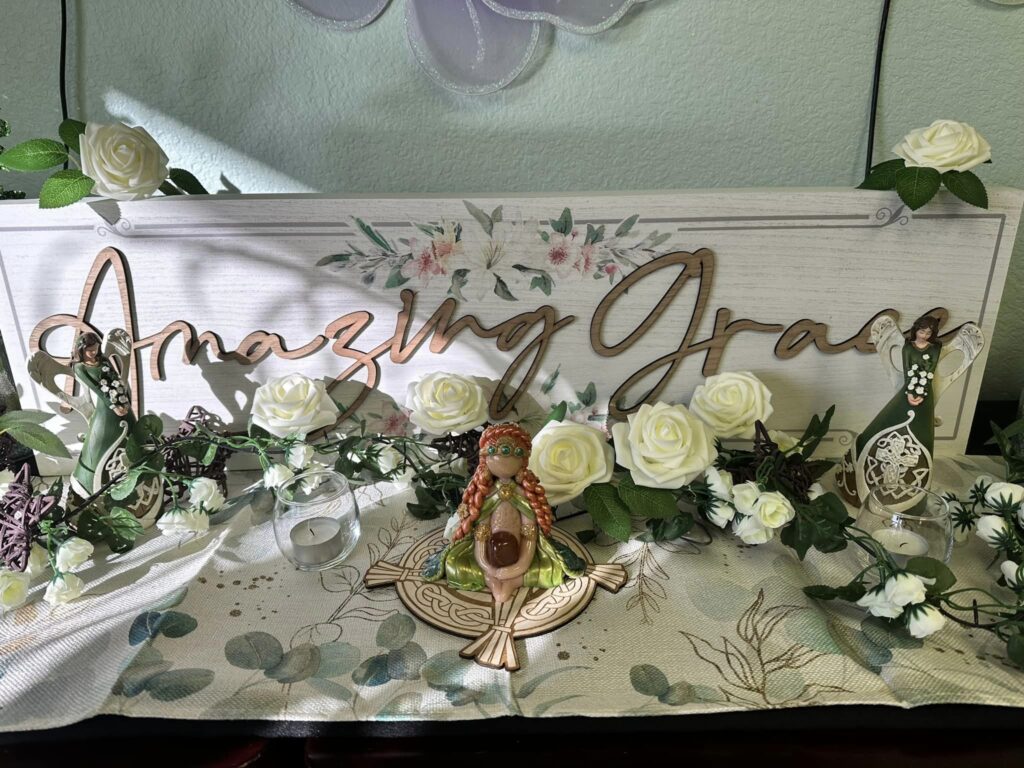
Wheel of the Year
THE WHEEL OF THE YEAR: What it is * What it means * Why it matters
What is the Wheel of the Year?
The Wheel of the Year is a modern pagan concept that represents the cyclical nature of time. It is a symbolic representation of the eight major festivals that mark the changing of the seasons throughout the year.
The Wheel of the Year is divided into two halves, each representing the light and dark halves of the year. The first half begins with the winter solstice, which marks the longest night of the year, and continues through the spring equinox and the summer solstice. The second half is the late summer and harvest seasons from the summer solstice, back to the beginning with the winter solstice.
I like to think of the Wheel of the Year festivals as the perfect complement to the celebration of the moon phases. The moon cycles are more feminine in nature, whereas these are sun festivals – the perfect masculine balance to our monthly moon rituals and ceremonies.
As sun festivals, all eight celebrations incorporate enjoying the perks of fire – whether it’s a bonfire or a candle, enjoying a feast with loved ones, and getting outside in nature.
Check out the articles
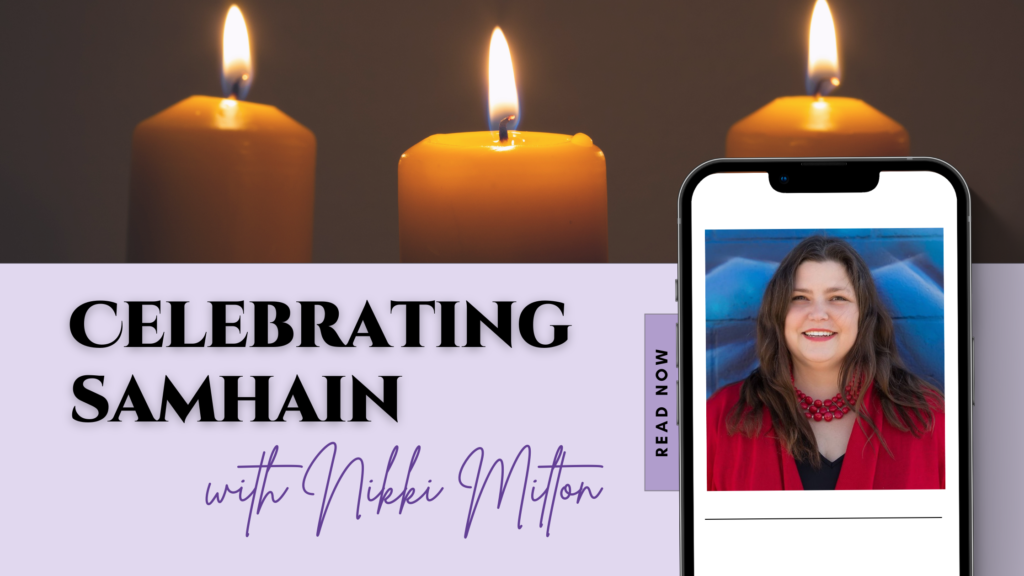
SAMHAIN
Samhain (pronounced “sow-in”) is a Gaelic festival that marks the end of the harvest season and the beginning of winter in Celtic traditions. It is traditionally celebrated on the night of October 31st to November 1st, which is the midpoint between the autumnal equinox and the winter solstice.
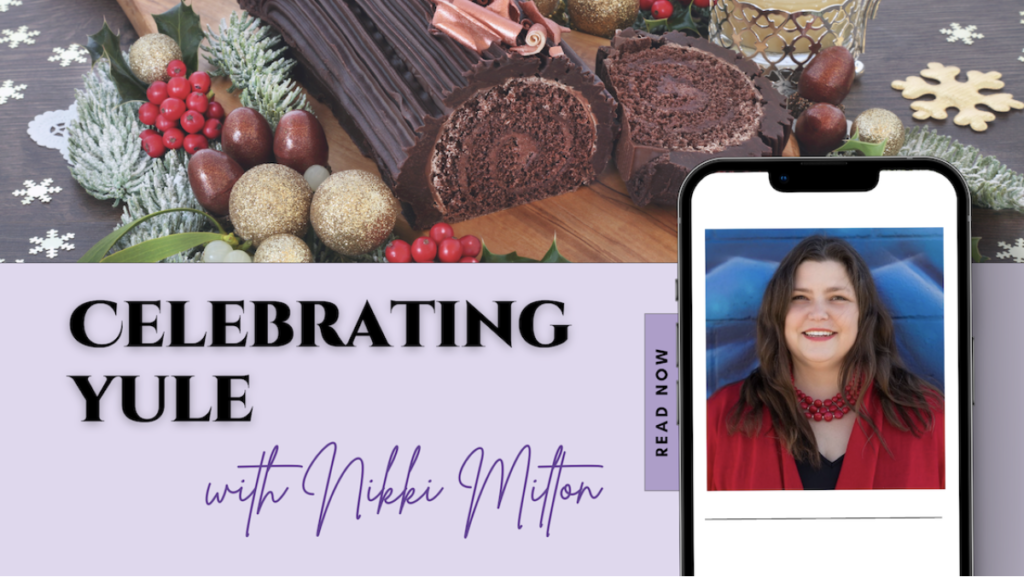
YULE
Yule is an ancient pagan festival that celebrates the Winter Solstice, which usually occurs around December 21st or 22nd in the Northern Hemisphere. It marks the longest night of the year and the return of the sun. Many traditions and customs associated with Yule have been incorporated into modern Christmas celebrations, such as the lighting of candles or a Yule log, decorating with evergreen plants, and exchanging gifts.
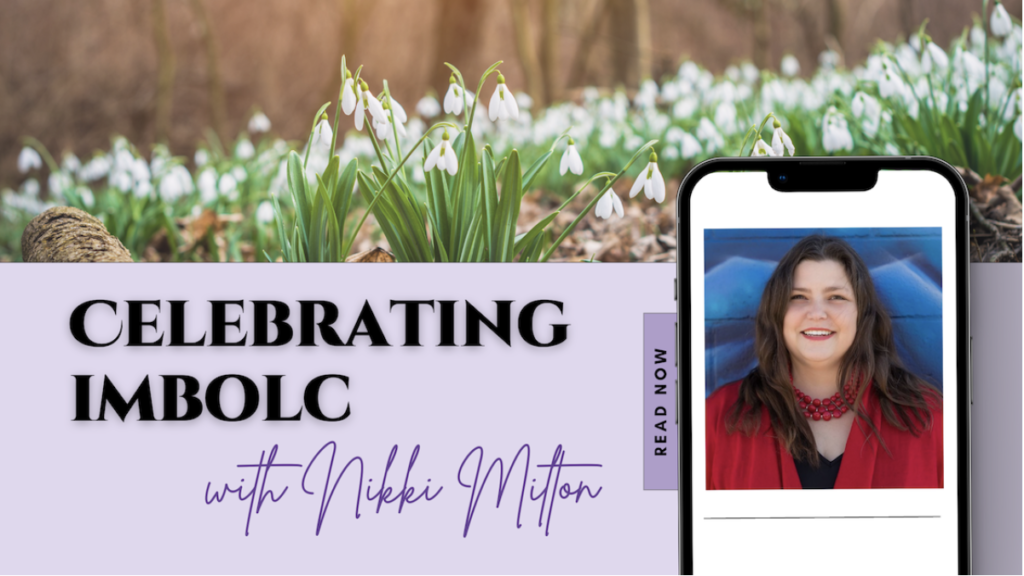
IMBOLC
Imbolc, pronounced “IM-bolk,” is a pagan holiday that is typically celebrated on February 1st or 2nd, marking the midpoint between the winter solstice (Yule) and the spring equinox (Ostara) in the Northern Hemisphere.
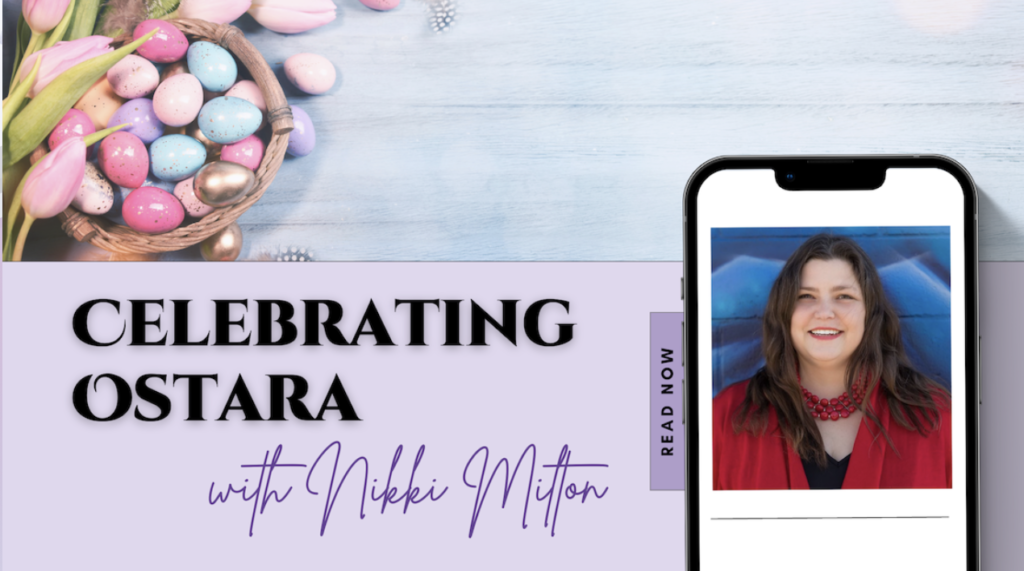
OSTARA
Ostara is a pagan holiday that celebrates the spring equinox, which occurs around March 20th or 21st in the Northern Hemisphere. It is one of the eight major festivals in the Wheel of the Year, which is a cycle of seasonal celebrations observed by many pagan traditions.
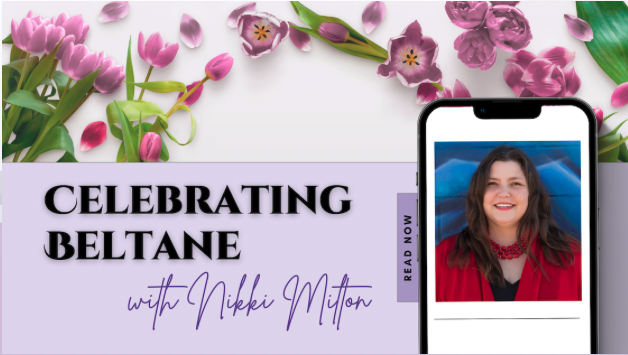
BELTANE
Beltane is a pagan festival that celebrates the midpoint between the spring equinox and the summer solstice, and it occurs on May 1st in the Northern Hemisphere. It is also one of the eight major holidays in the Wheel of the Year, which is a series of seasonal celebrations that many pagan traditions observe.
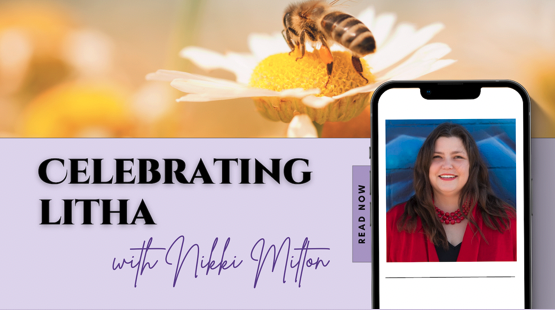
LITHA
Litha is a festival that celebrates the summer solstice, also known as Midsummer. It is a significant holiday in pagan traditions, which draws inspiration from ancient Celtic and Germanic cultures.
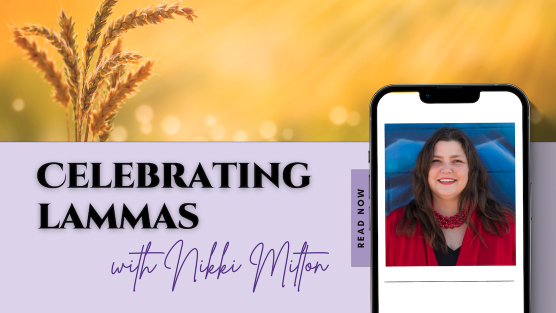
LAMMAS
Lammas is a time to celebrate the abundance of nature, the ripening of crops, and the efforts of labor throughout the year. It is seen as a time of thanksgiving and gratitude for the harvest, as well as a recognition of the cycle of life and death in the agricultural world. The festival is often associated with themes of sacrifice, transformation, and the interconnectedness of all living things.
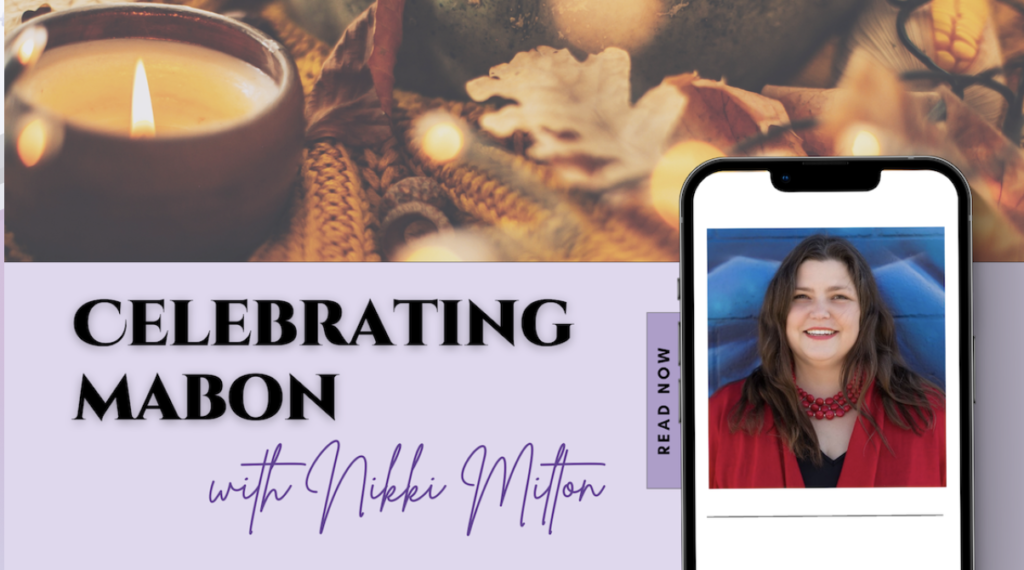
MABON
Mabon is a time to celebrate the changing of the seasons and give thanks for the abundance of the harvest. It’s a time of balance and reflection when pagans often engage in various rituals and activities to honor the earth’s bounty, express gratitude, and prepare for the colder months ahead.
Our Temple Classroom
Our priests and priestesses decorate the Temple Classroom for each of the celebrations. The Sacred Temple Mystery School students and graduates gather before each of the celebrations to share a meal and to decorate the classroom for the fire celebrations. NOTE: The temple is decorated for the holidays between the end of November until mid-December.
